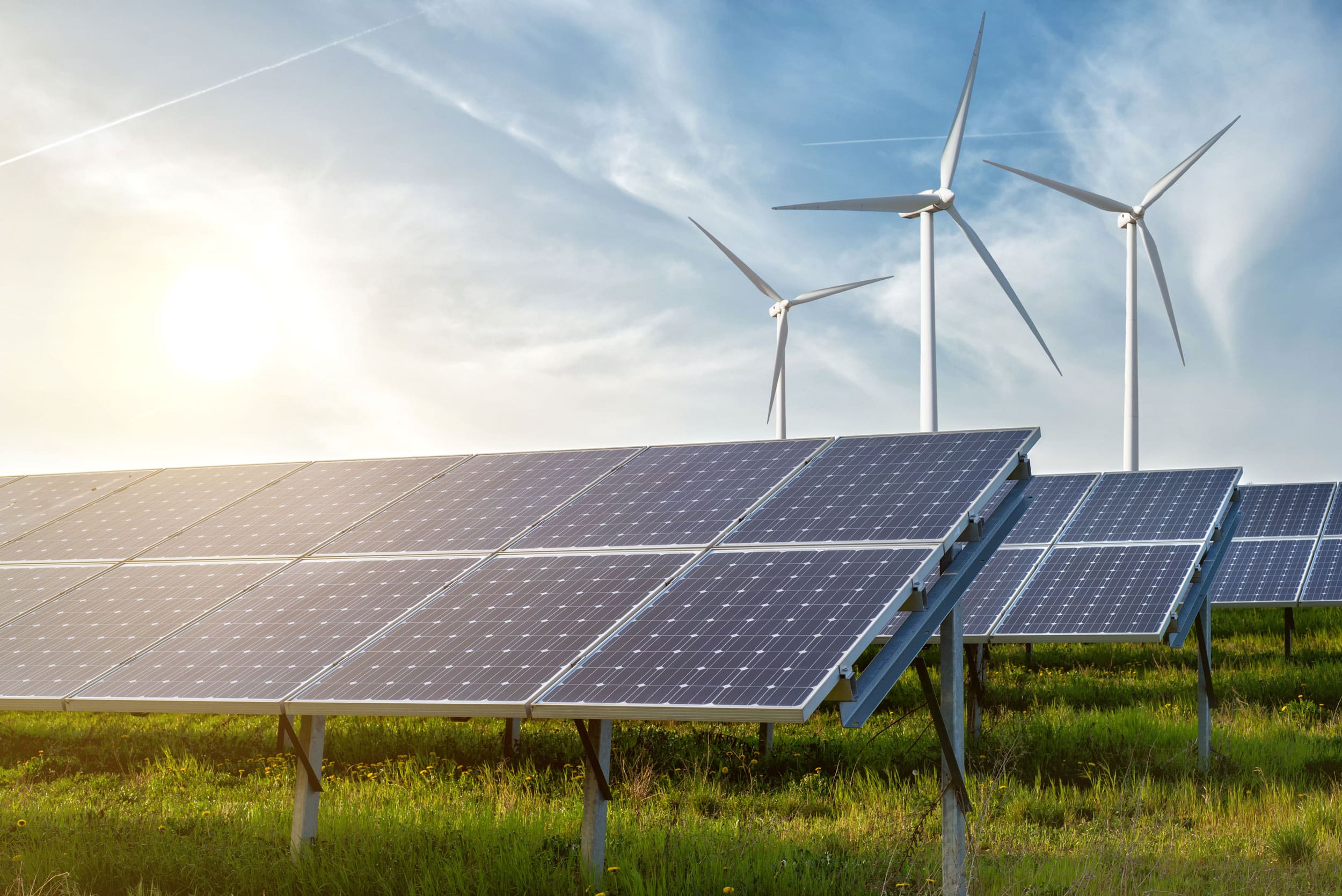
Maximize use of renewable power with Energy Storage
Posted in ESG
The electricity grid is made up multiple generation sources, whose generated electrons become co-mingled and mixed when they enter the grid.
Electrons from pure renewable generators like wind, solar, or hydro are always mixed with electrons generated from thermal units (coal and gas-fired).
Unless a facility is directly connected to a renewable generator, facilities are having to find other ways of being able to claim the use of renewable-generated electrons in their consumption requirements.
The traditional and standard way is to purchase renewable-generated electrons from a renewable-generator through a power-purchase agreement or PPA. Although not guaranteeing the consumption of the exact renewable-generated electrons purchased through the PPA, this mechanism does promote the development of renewable generation, increasing the volume of renewable-generated electrons on the grid.
Another way is through the strategic time-of-day charging of an onsite Battery Energy Storage System (BESS). Most ISO’s publish a current supply report indicating the generation type comprising the grid’s total net generation at any point in time.
If the owner of a BESS was to charge at a point when the grid was being predominantly supplied by renewable-generated electrons, it could in turn discharge and have its facility consume those stored renewable-generated electrons at a time when the grid was predominantly being supplied by thermal-generated electrons.
Speak to TERIC to find out how our customized battery energy storage systems can help you with these niche applications.
